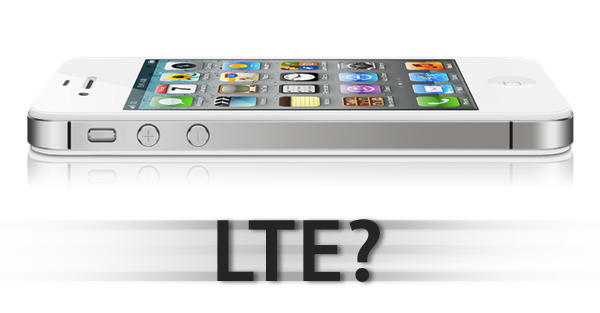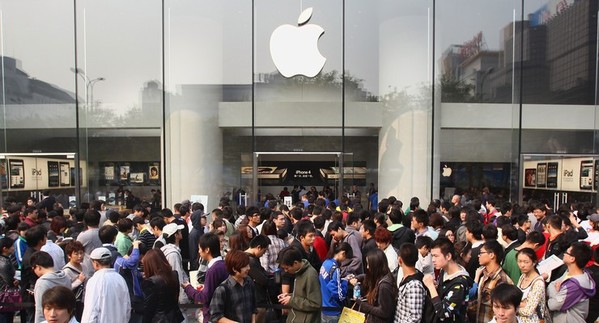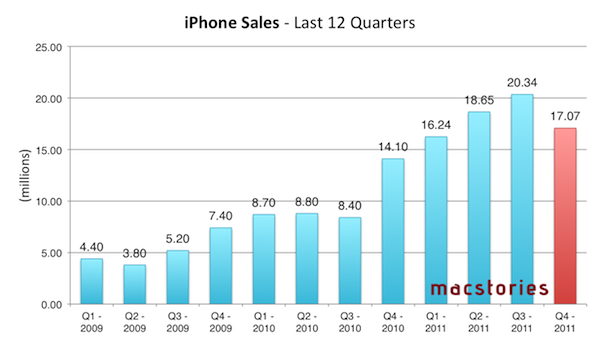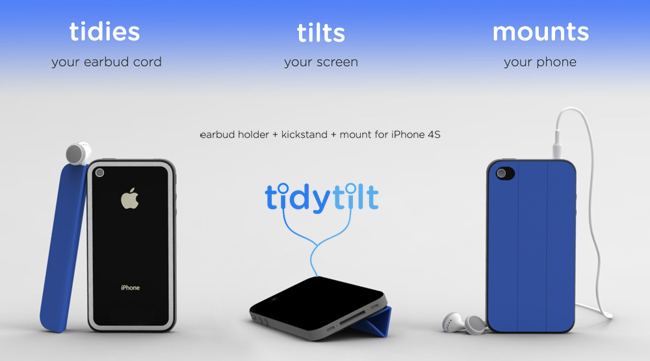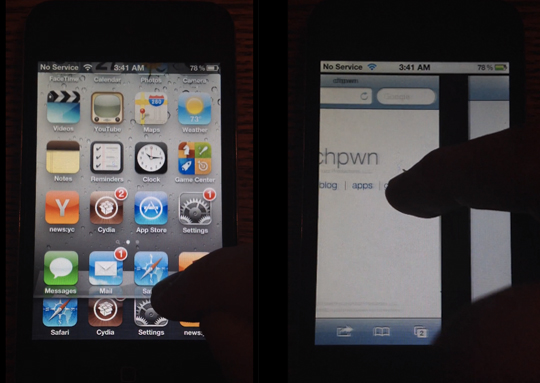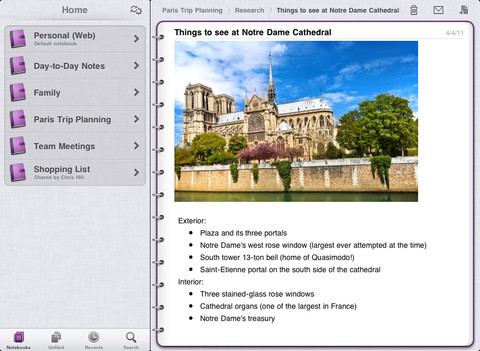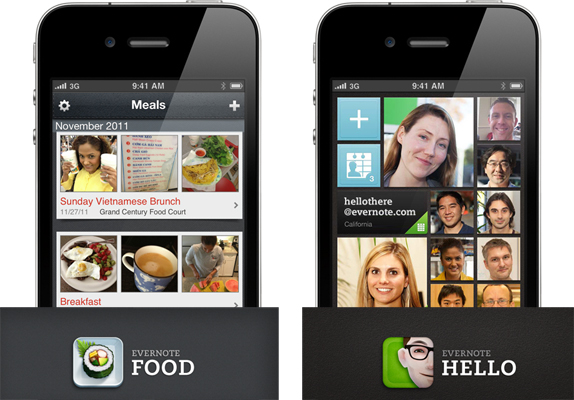The iPhone 4S, released in October, was supposed to feature LTE connectivity, at least according to some of the rumors that were floating around at the time. The device turned out to feature faster 3G downloads at 14.4 Mbps through HSPDA, which is an enhanced version of the 3G protocol that has been around for a while, but still isn’t as widely adopted as you would expect from a technology that Apple decided to use in a major iPhone upgrade. In Italy, for instance, few areas have access to HSDPA, not to mention HSPA+.
(Note: although commonly referred to as “4G” the current revision of LTE doesn’t meet the requirements for 4G connectivity yet. The LTE Advanced standard does conform to 4G requirements, but it’s likely that you’ll see the term “LTE” associated with 4G simply because it’s a major leap forward in terms of wireless connectivity)
Now, the debate as to whether Apple should have made the 4S an LTE iPhone or should have an LTE iPhone 5 this year is making the rounds again. Unlike previous debates, fortunately this time we have someone who’s trying to make some sense out of this and cut through the haze of rumors and theories to point out that, actually, it wouldn’t make much sense business-wise for Apple to implement LTE in the near term. Why? Because of all those 37 million iPhones Apple has sold in the quarter that ended on December 31, very few of them were sold in areas where LTE is available. Read: the United States, some parts of Denmark and Sweden, some cities in Canada, and Saudi Arabia. The “4G” rollout in countries other than the US is a slow process, and the ones mentioned above have a very small percentage of their spectrum covered by active LTE networks – they’re basically in the middle of initial testing right now. And even in the US, Chris Foreman assumes that whilst the major carriers have all implemented LTE or will start relatively soon, only half of subscribers would be covered in 2012, thus reducing the potential addressable market to 15% of iPhone customers worldwide. Why would Apple make an LTE iPhone for 15% of its entire customer base?
According to fourth quarter 2011 results, AT&T activated 4.1 million iPhones, while Verizon activated 4.2 million. Sprint would not disclose the number of iPhones it activated last quarter, but we feel safe in assuming that number is less than 4 million. Assuming Sprint was able to activate (perhaps a generous) 2 million or so iPhones, only a little over a quarter of iPhones were sold in the US. The other three-quarters, then, are sold in areas with practically no LTE coverage.
It goes deeper. You might argue that, yes, Apple could make an exception because they have made some in the past. But the WiFi-less 3GS and camera-less iPhone 4S were necessary modifications to get these devices on sale, otherwise they wouldn’t have gotten regulatory approval. It’s not like Apple is forced to implement LTE, especially considering the enhanced 3G still isn’t as widely adopted as the company hopes.
The LTE iPhone is primarily the result of months of speculation and countless rumors based on nothing. No evidence. Perhaps a few code strings here and there, but then again – go trust those code references these days. For all we know, the LTE iPhone doesn’t exist.
Or does it? A popular counterargument I often get is that Apple experiments with all kinds of new technologies in their labs; they take a look at new specifications and standards, and consider whether they should be worth investing more research and development resources for possible future implementations. I get it, and it’s entirely plausible that Apple engineers have at least looked at current LTE chips utilized by several Android handsets. But I don’t know how far they may have gotten into actually testing these chips, if only for verification purposes, at the light of Cook’s multiple remarks in the past about concerns regarding the effects these chips have on battery life. Those bigger screens Android makers tout in their commercials might be a requirement, rather than a feature. But I digress.
Another popular theory is that new LTE chips by Qualcomm, a component supplier Apple is already using, should become available in the first half of this year and, based on published specifications, allow device makers to considerably cut down on battery usage and required space. These new chips are smaller, consume less power and are made by a company Apple already buys components from. The next iPhone will have LTE! Not so fast. Read more


